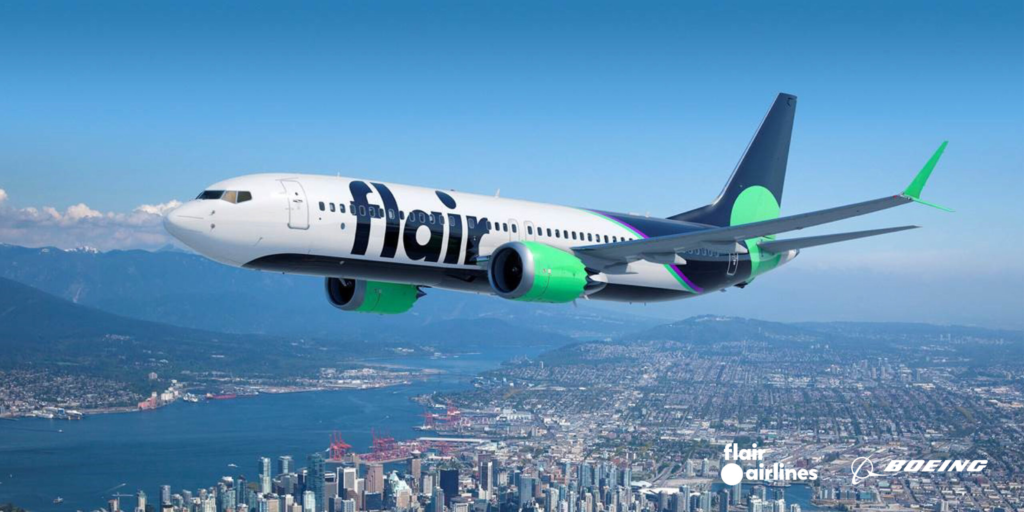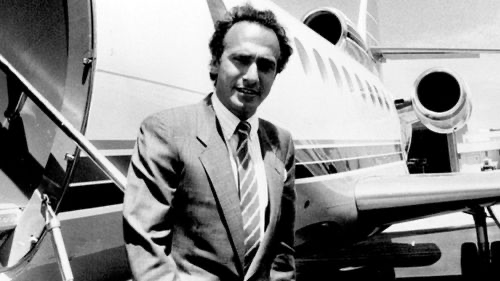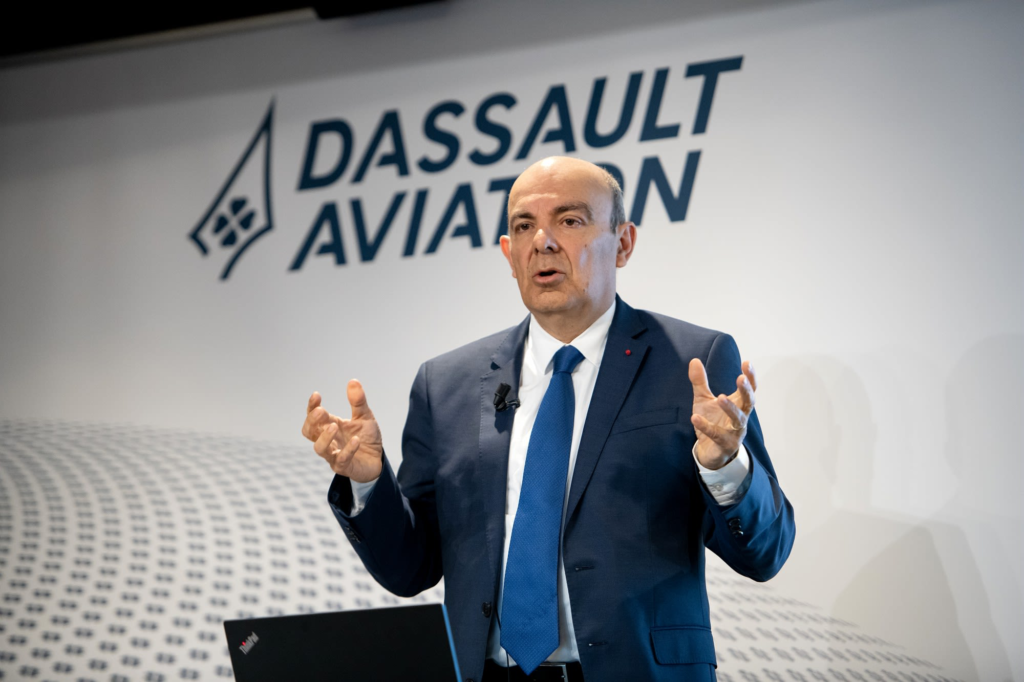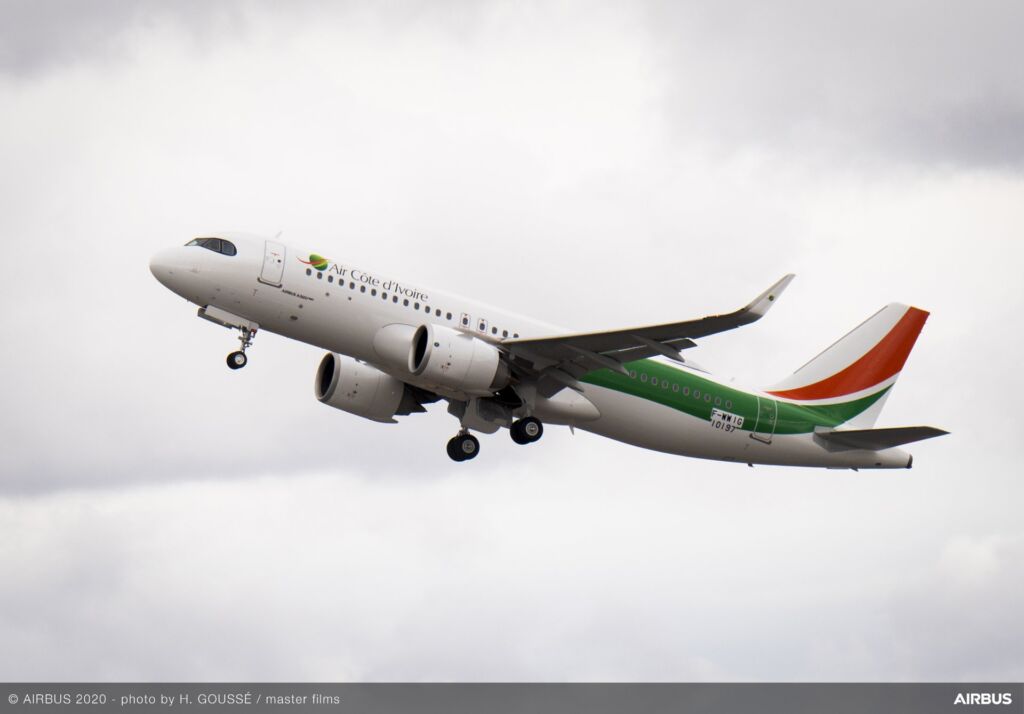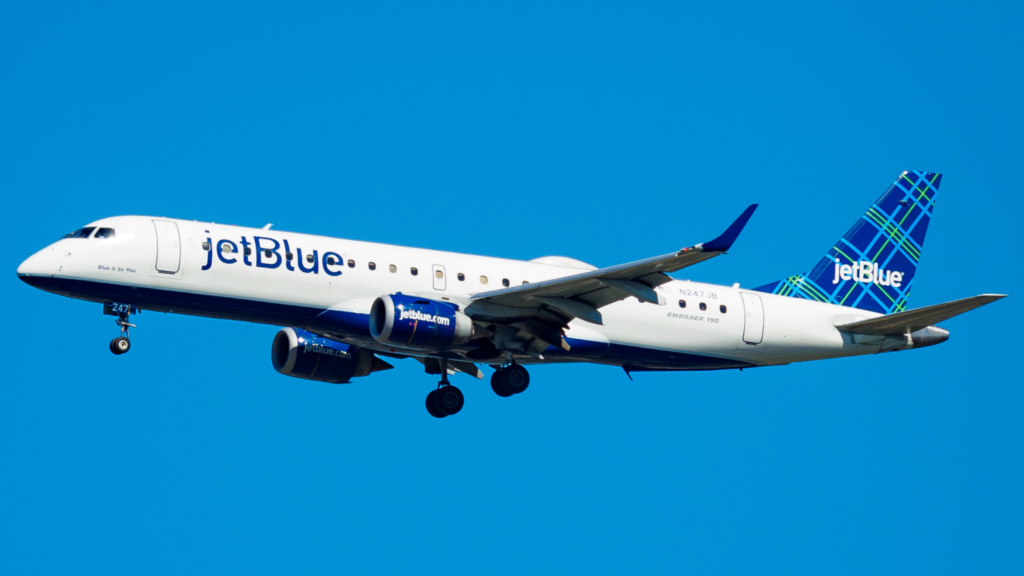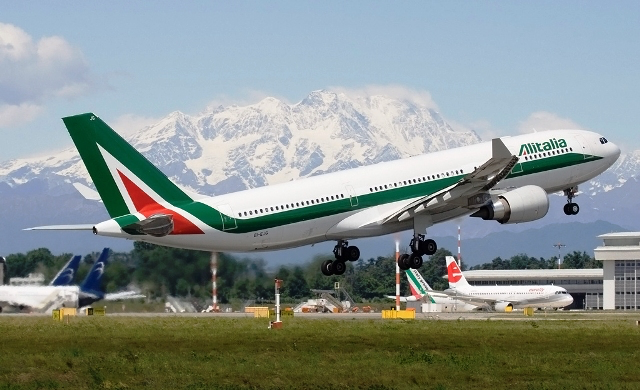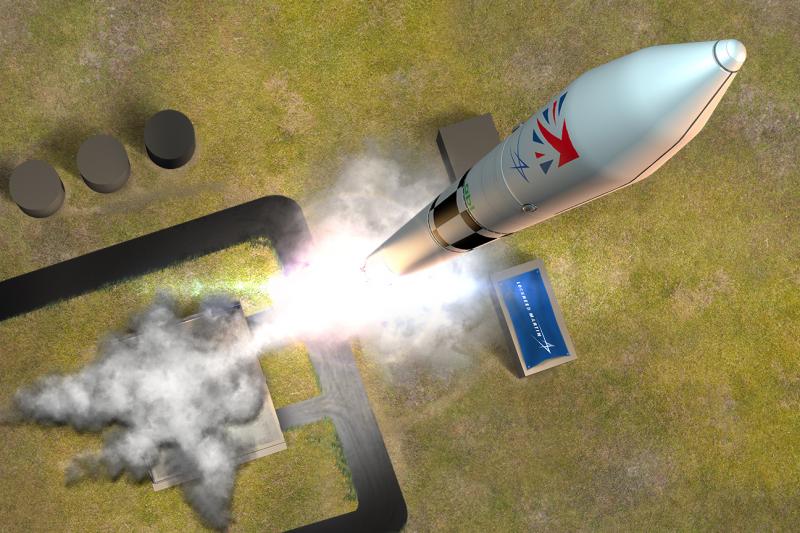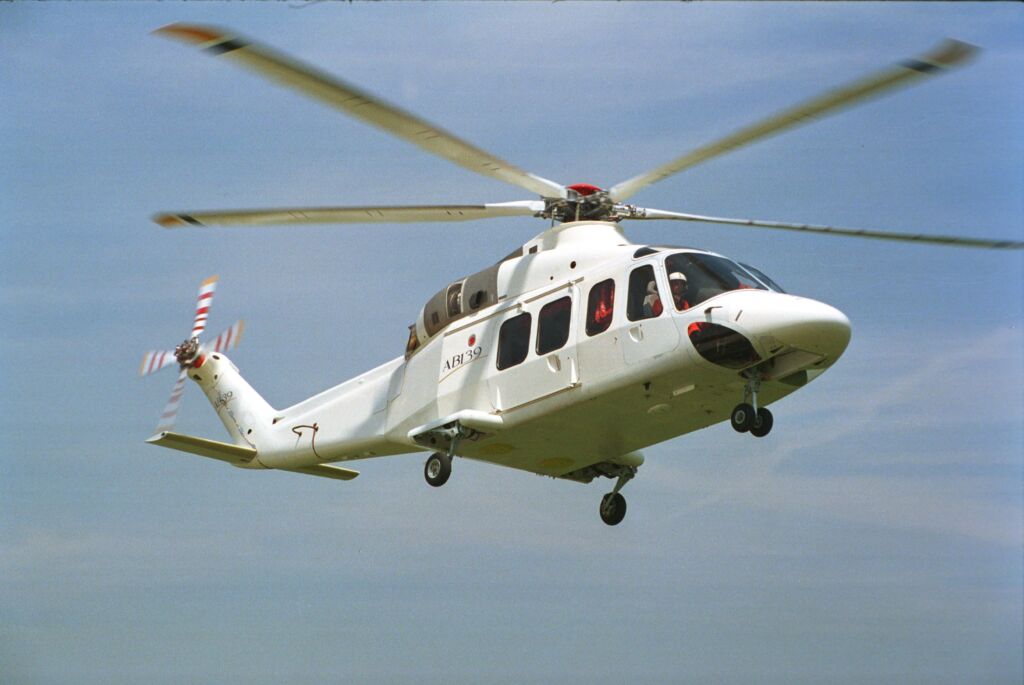Dassault Aviation announces second tranche of 18 Rafale’s for Indonesia enters order backlog
Saint-Cloud, France, August 10, 2023 – Dassault Aviation (AM.PA) announces, as part of the contract signed by Indonesia on February 2022 for the acquisition of 42 Rafale, the second tranche of 18 Rafale came into force…


